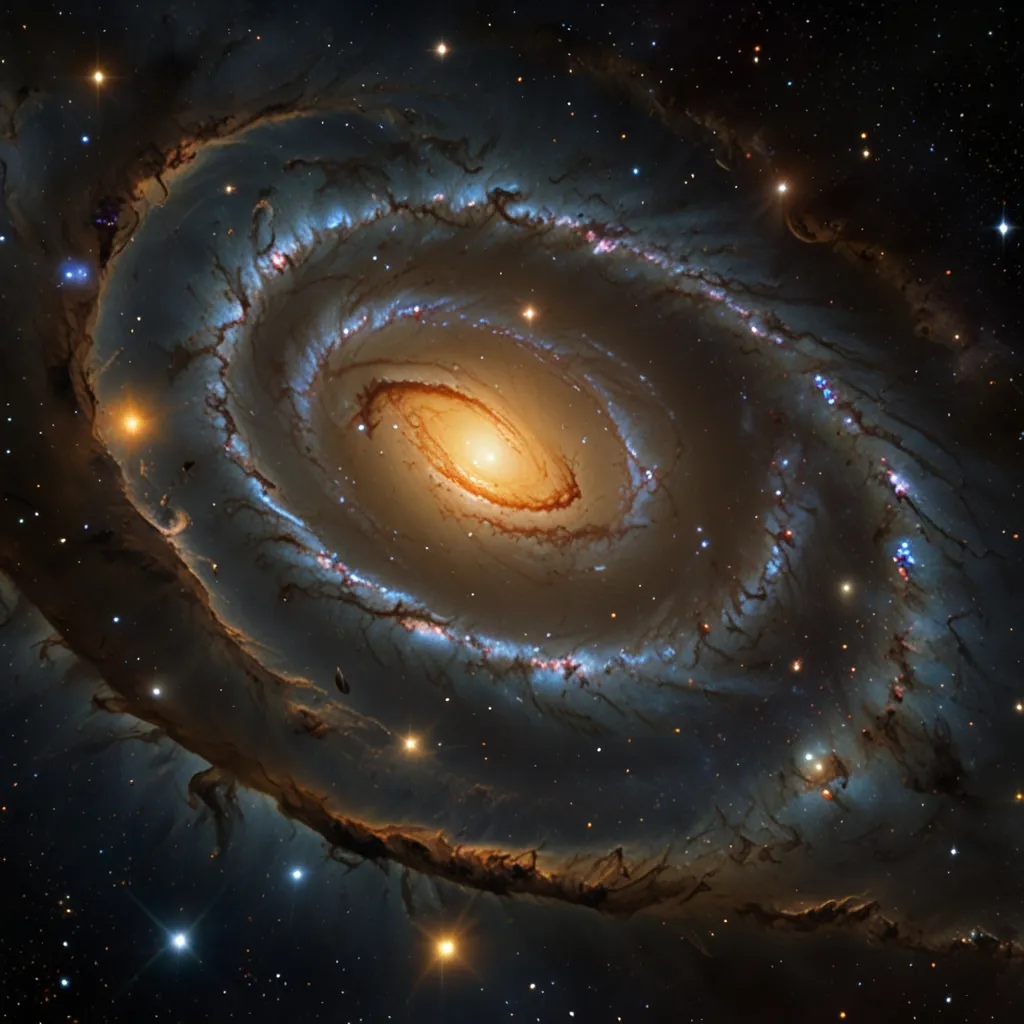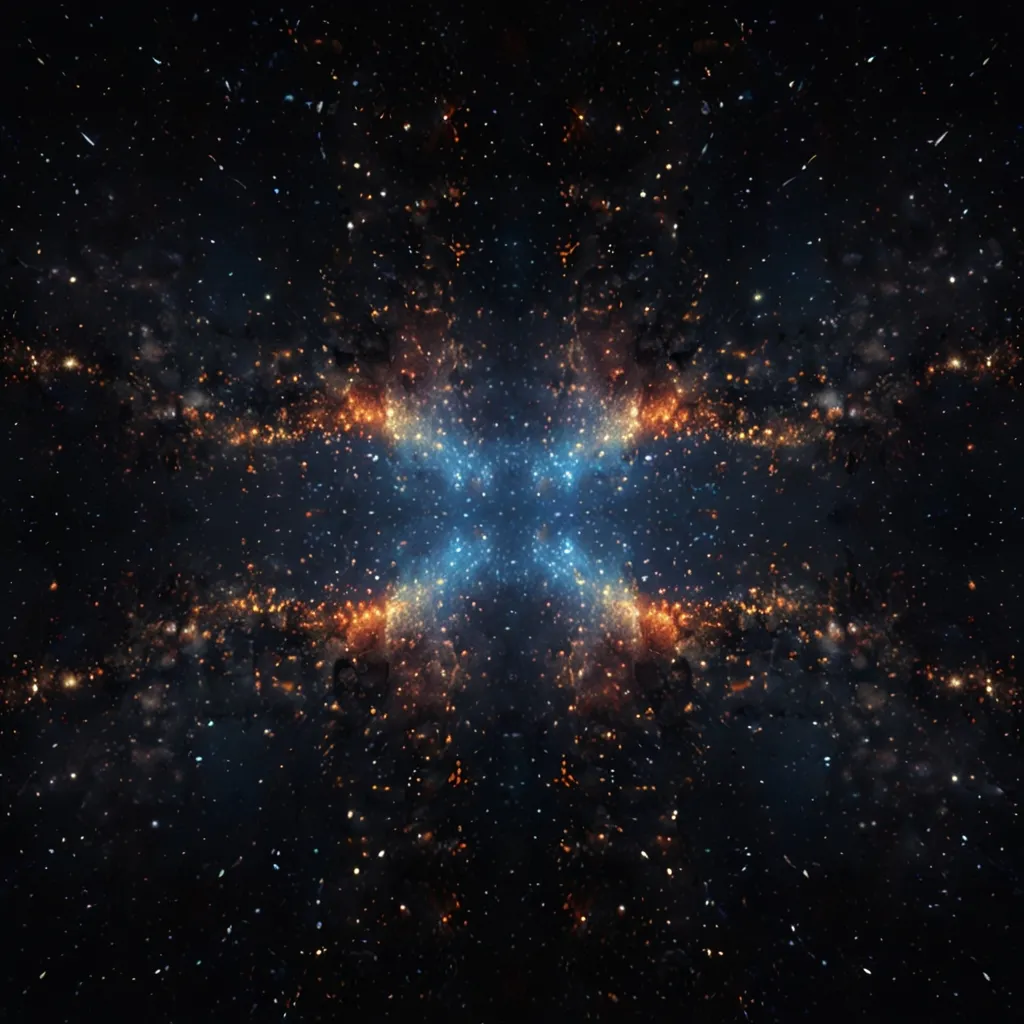Imagine a cosmic dance of planets forming in swirling dust, comets slamming into Jupiter, and distant galaxies merging in spectacular collisions. Picture thousands of galaxies visible in a supposedly empty slice of the sky, or a newfound cosmic energy speeding up the universe’s expansion. These are just a few of the awe-inspiring discoveries made by the Hubble Space Telescope since its launch over thirty years ago. Hubble revolutionized our view of the cosmos, acting like a pair of glasses that sharpened our previously blurry vision of the universe.
Fast forward to 2021, and we launched a more powerful tool: the James Webb Space Telescope (JWST). With its massive power, at least 100 times greater than Hubble’s, JWST is set to take our breath away with images and insights that are more detailed and further-reaching than ever before. Early glimpses have already shown celestial objects with previously unimaginable clarity. Through JWST, we are on the verge of discovering phenomena we never knew existed.
So, how does the JWST work, and why is it so superior to its predecessor? At its heart, a space telescope works like a supercharged digital camera. It captures images of distant objects using advanced sensors and optics. Just like your phone’s camera, it gathers light and converts those photons into digital images, but it does this on an astronomical scale.
To capture any image, light, optics, and a sensor are essential. In the case of space telescopes, mirrors replace the typical lens setup to focus and capture as many photons as possible from faraway objects. The larger the mirror, the more light it can collect. JWST features an expansive 6.5-meter mirror, far surpassing Hubble’s 2.4-meter mirror, enabling JWST to gather over six times more light, making the faintest objects visible.
One major feature of JWST is its ability to see in infrared light, unlike Hubble, which primarily captures visible light. Infrared light can penetrate cosmic dust, providing clearer images of hidden celestial phenomena. Plus, the oldest, most distant objects in the universe appear in infrared due to the redshift caused by the universe’s expansion.
JWST isn’t just about larger mirrors and infrared vision. It packs four scientific instruments, including top-notch cameras capable of capturing different light wavelengths and performing advanced spectroscopy. This technology will help us understand the composition of various celestial bodies by decoding the absorbed light spectra.
Location is another key to JWST’s success. Unlike Hubble, which orbits Earth and faces issues like shadow interference, JWST orbits the sun at the second Lagrange point (L2), 1.5 million kilometers away from Earth. This stable position minimizes the need for course corrections and avoids the Earth’s shadow, ensuring continuous, undisturbed observations. To protect its delicate instruments from the Sun’s intense heat and light, JWST uses a sunshield the size of a tennis court, maintaining optimal conditions for deep-space imaging.
The end goal? To unveil the universe’s mysteries, from the oldest light and stars to distant galaxies, sharpening our understanding of the cosmos. JWST’s advanced sensors and instruments promise even higher resolution images than Hubble. Equipped with state-of-the-art components, like lab-grown mercury cadmium telluride crystals, JWST will convert infrared light into digital signals more efficiently than ever before. This tech enables intricate spectroscopy, helping us identify elements and molecules in distant planetary atmospheres—potentially even signs of life.
Our journey through the universe is about to get even more thrilling, thanks to JWST. Expect to witness breathtaking artifacts from the universe’s infancy, bringing us one step closer to unlocking the secrets of our cosmic origins. Get ready, because the James Webb Space Telescope is set to revolutionize astronomy.






